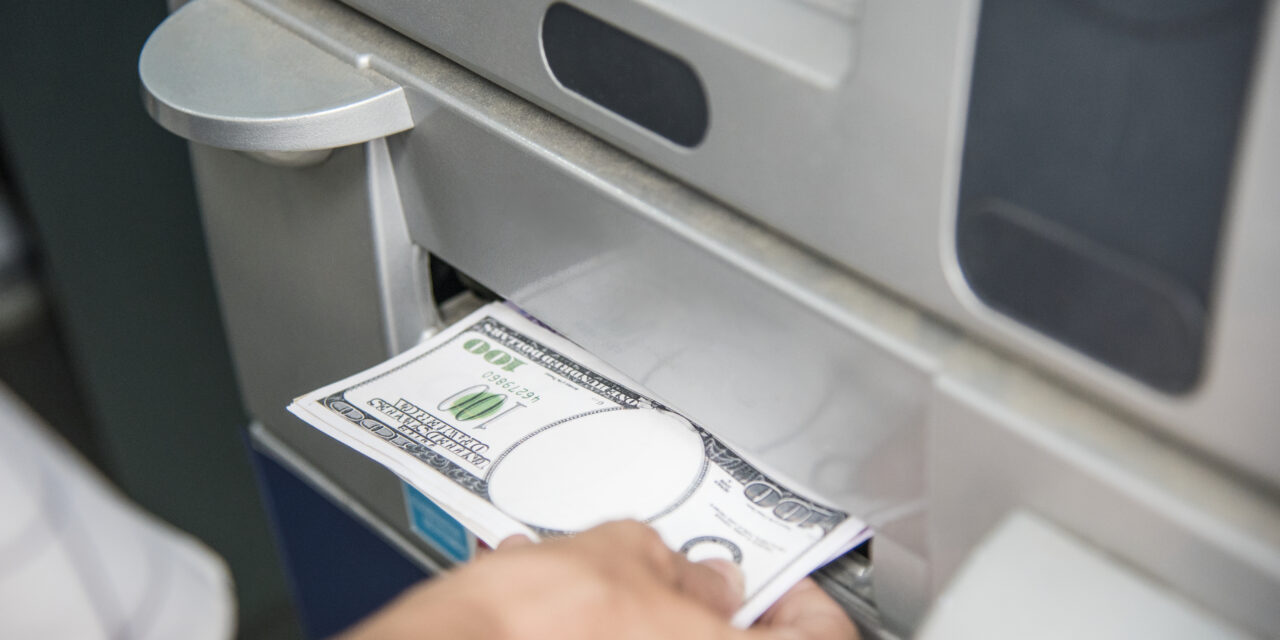1. What Does “Printing Money” Really Mean?
“Printing money” usually doesn’t involve printing physical cash but increasing the money supply electronically. Central banks achieve this through Quantitative Easing (QE), which involves purchasing government bonds or other assets from commercial banks. This process injects money into the economy, encouraging lending, lowering interest rates, and spurring economic activity. Furthermore, with QE, central banks can expand the money supply without physically producing more banknotes, ensuring smoother financial flow without directly adding cash into circulation.
2. Why Do Governments Print Money?
Governments may increase the money supply for several reasons:
- Stimulate Spending: In economic downturns, additional money can encourage spending and investment.
- Manage Inflation/Deflation: Adjusting the money supply helps keep prices stable and supports economic growth.
- Affordable Debt Financing: By lowering borrowing costs, governments can finance debt more sustainably.
Central banks use money printing as a strategic tool to stabilize the economy, prevent recessions, and maintain healthy financial systems.
3. Risks of Printing Money
While beneficial in moderation, printing too much money has serious risks:
- Hyperinflation: If the money supply grows faster than economic output, prices can spiral out of control, as seen in countries like Zimbabwe.
- Currency Devaluation: Excessive money supply can weaken a currency’s value, reducing purchasing power and increasing the cost of imports.
- Debt Bubbles: Low-interest rates may spur excessive borrowing, potentially leading to financial crises if borrowers can’t repay.
Excessive money printing has caused economic instability and loss of currency value in some cases, showing why balance is critical.
4. Looking Ahead: Balancing Inflation Control
As economies recover, central banks are tapering QE programs, slowly reducing the money supply to avoid excessive inflation. This involves gradually winding down asset purchases and cautiously raising interest rates to prevent overheating. Additionally, central banks must carefully navigate these measures, balancing inflation control with supporting sustainable economic growth. Furthermore, this balance will be vital as economies emerge from the effects of the pandemic.





